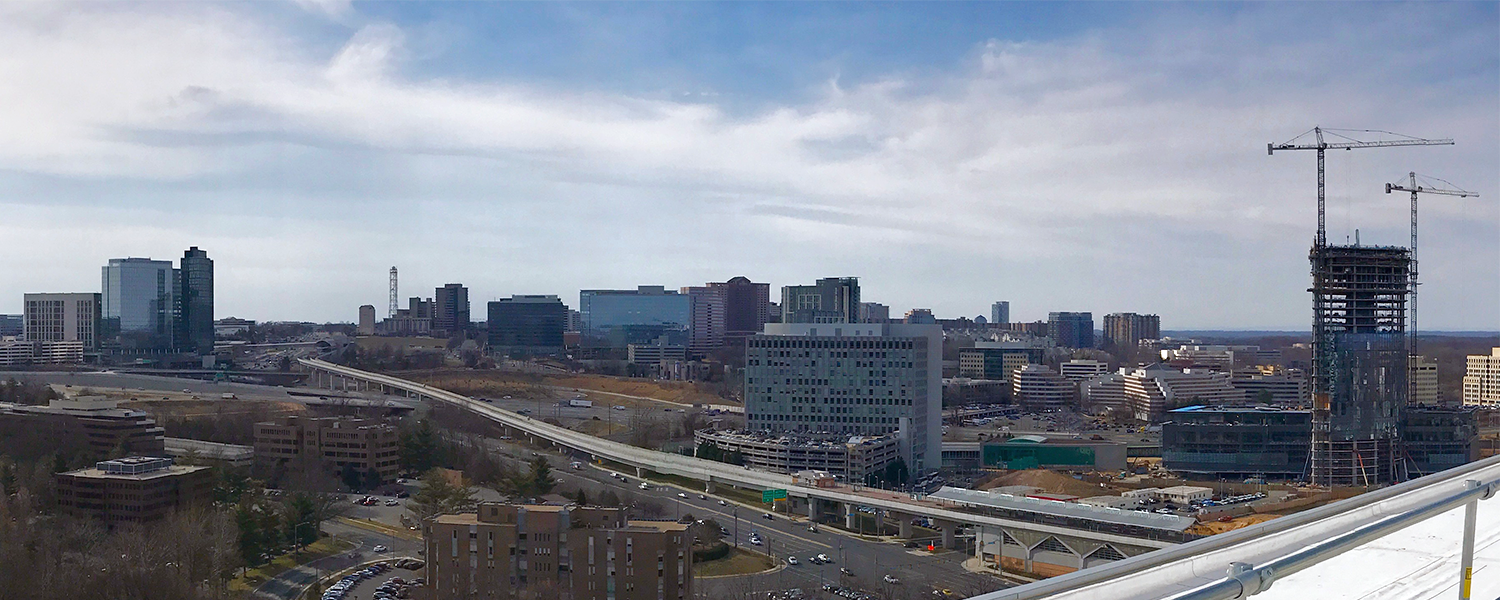Despite a huge demand from the rising Millennial generation to end the rent cycle and building equity through home ownership, the construction supply nationwide remains all but dead for new condominiums. There have been several cases from major markets around the country where for-purchase supply has not kept up with demand from the resurgent employment conditions, leaving many in good steady careers stuck in a rental cycle — Utah, California, Atlanta, Wisconsin. Beyond the problem of supply hurting first-time buyers comes additional information showing that the housing crash of 2008, and subsequent regulations on mortgages, are having impacts on purchasers who were still children at the time.
Although many Millennials are now employed, college debt and the cycle of rental has left many without downpayments for the type of housing stock available. And, although some regions have returned to constructing for purchase homes, many of these homes are catered to those with existing equity, for larger format single family homes, that many would consider their “dream house”. Compounding this is a shifting of preferences from outer suburbs, where new homes are being built, to inner, more walkable, urban neighborhoods. The results have been a housing market which remains stagnant for older homeowners who still are underwater on purchases made during the 2000s, while simultaneously leaving Millennials unable to purchase in their neighborhood of choice.
Not captured in all of the polarization in the housing market has been the utility of condominiums which help as an entry point to ownership. Anecdotally, there have been several times over the past 7 years that people have commented that there simply is not enough demand for the condominiums rising in DC, Arlington, and Tysons to explain the construction boom. What many of those past commenters didn’t realize was that almost none of the new construction in the region has been for high-rise condominiums, but rather for rent apartments. For instance not a single condominium has broken ground in Tysons since the approval of the Comprehensive Plan in 2010. Part of the problem is with regulator Freddie Mac, which has staggered the condo market through the rent-live ratio (no more than 20% for rent by owner) regulations which make new financing for condominiums extremely difficult.
Fairfax County officials recently realized that the conditions being placed on condominium construction are actually deterring their development, leading to rising prices and stagnant mobility of Millennials. The county has now rightfully adjusted rules to favor the construction of condos over rental apartments through a recent decision on workforce housing. The county should go further, because the lack of urban small format for-purchase properties is the rising crisis that will hold back future growth for the county economy, and force younger first time buyers to continue renting, which ultimately, when the boomer generation becomes less of the home ownership market, will lead to a housing collapse.
The county, through Tysons and other urban areas, can avoid the future crash by helping current renters become home buyers, without expenditure, through the encouragement of condominium construction by regulatory action. When zero units have been for purchase in Tysons in nearly a decade, it is evidence that workforce housing requirements and other throttles are not adequately calibrated. Condo and urban format for-purchase construction must be the County’s biggest priority to help young buyers find a home in Fairfax.


